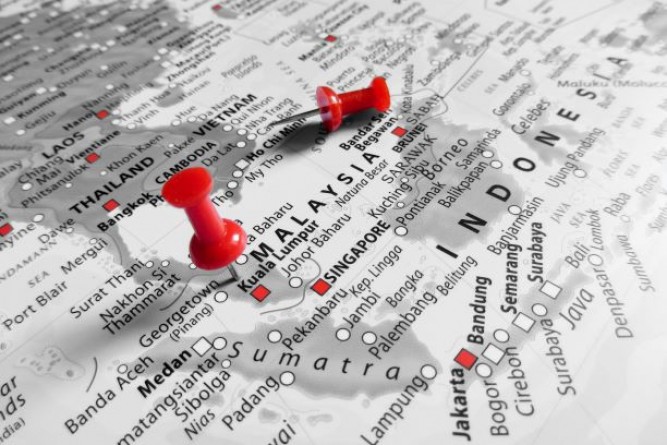The Proposed Draft Geographical Indications Act in Singapore
31 January 2019

A geographical indication is a sign applied to products which correspond with a specific geographical origin possessing essential qualities or reputation attributable to the specific place of origin. A GI is often used as an indicator of certain characteristics or reputation or as a means of certifying that the goods in question are produced according to unique or traditional methods. Products bearing a GI are afforded special reputation owing to its geographical origin and history.
Examples of well-known GIs include Darjeeling tea (grown in the Darjeeling district in West Bengal, India), Champagne (sparkling wine from the Champagne region of France) and Jamaica Blue Mountain coffee (a type of coffee grown in the Blue Mountains of Jamaica).
As part of Singapore’s obligations under the European Union-Singapore Free Trade Agreement (EUSFTA), Singapore is currently in the midst of enhancing the scope of protection afforded to GIs. The Geographical Indications Act 2014 (GI Act 2014) was passed by the Parliament of Singapore on April 14, 2014. The act will come into force upon ratification of the EUSFTA.
Producers of GI products, associations affiliated with such producers and the relevant authorities that govern GI producers will be entitled to file applications for the registration of GIs in relation to certain categories of wines, spirits and selected categories of agricultural products and foodstuffs, which originate from and have obtained protection as a GI in countries and territories that are party to the World Trade Organization or the Paris Convention.
One key feature of the act will be the establishment of the new Registry of Geographical Indications (GI Registry). The GI Registry will oversee applications for registrations of GIs in Singapore.
The proposed GI Rules will come into force together with the act and will govern the operational aspects of the Registry. The GI Rules under the act are structured similarly to the Trade Marks Rules in Singapore. The Intellectual Property Office of Singapore has also conducted a public consultation on the proposed rules.
In a nutshell, after an application for the registration of a GI has been submitted, the application will then be examined to determine whether all necessary formalities and criteria for registration have been satisfied. After completion of substantive examination of the application, the application will be published to allow third parties to oppose the application.
Key provisions of the proposed GI Rules include:
1. Preliminary general provisions;
2. Registration of a GI;
3. Qualification of rights;
4. Setting up and maintenance of a Register for GIs;
5. Renewal of registration of GIs;
6. Cancellation of GIs;
7. Evidence and procedure and costs; and
8. Extension of time and continued processing.
A registered GI would provide a 10- year term of protection, which can be extended for 10-year periods upon the payment of the requisite renewal fees. Like trademarks, the proposed act and rules provide for the cancellation of GIs and grounds of cancellation must be stated by the party applying for the cancellation.
Under the proposed act and rules, registered GI owners would also be able to rely on additional protection afforded by enhanced border enforcement measures. It is anticipated that, registered owners would also benefit from a higher level of protection against unauthorised exploitation of registered GIs by third parties.
Once the GI act and rules are enacted, the owners of GI will be in a position to take advantage of enhanced protection measures and this will further raise Singapore’s profile as a country at the forefront of protecting the rights of IP holders.








